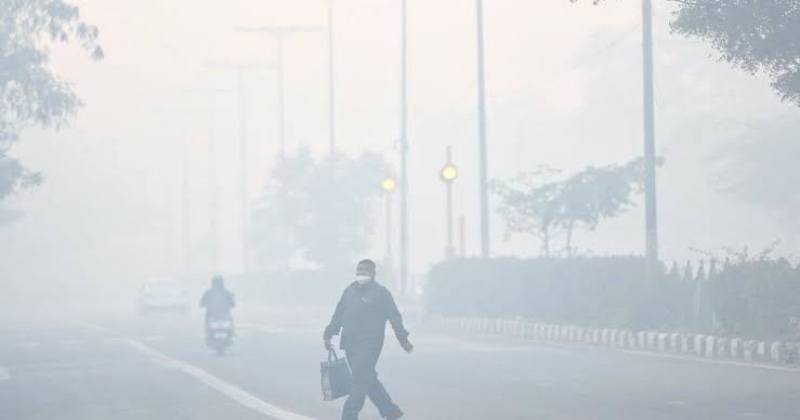
On Thursday, the air quality in Delhi-NCR reached a critical level, prompting immediate measures to combat the hazardous pollution. Non-essential construction work was banned, and primary schools in the capital were temporarily closed to protect public health. The region was enveloped in a dense and acrid haze, with the concentration of PM2.5, a fine particulate matter known to pose serious health risks, exceeding the safe limit of 60 micrograms per cubic meter by a significant seven to eightfold at multiple locations.
A numerical model-based system developed by the Indian Institute of Tropical Meteorology in Pune revealed that stubble burning was responsible for 25% of the PM2.5 pollution in Delhi on that fateful Thursday, with the potential for this figure to rise to 35% on the following day. In response, restrictions were imposed on the operation of BS III petrol and BS IV diesel four-wheelers in several areas, including Delhi, Gurugram, Faridabad, Ghaziabad, and Gautam Budh Nagar. Delhi’s Chief Minister, Arvind Kejriwal, announced the temporary closure of both government and private primary schools in the city for the next two days due to the escalating pollution levels.
In light of the worsening air quality crisis, stringent actions were taken to mitigate the harmful effects of the pollution. These actions included suspending non-essential construction work, closing primary schools, and restricting the use of certain vehicles. The pollution, primarily driven by high levels of PM2.5, was exacerbated by stubble burning, a major contributor to the poor air quality. As a result, efforts to combat the pollution and protect public health were swiftly implemented in the Delhi-NCR region.

Post Your Comments